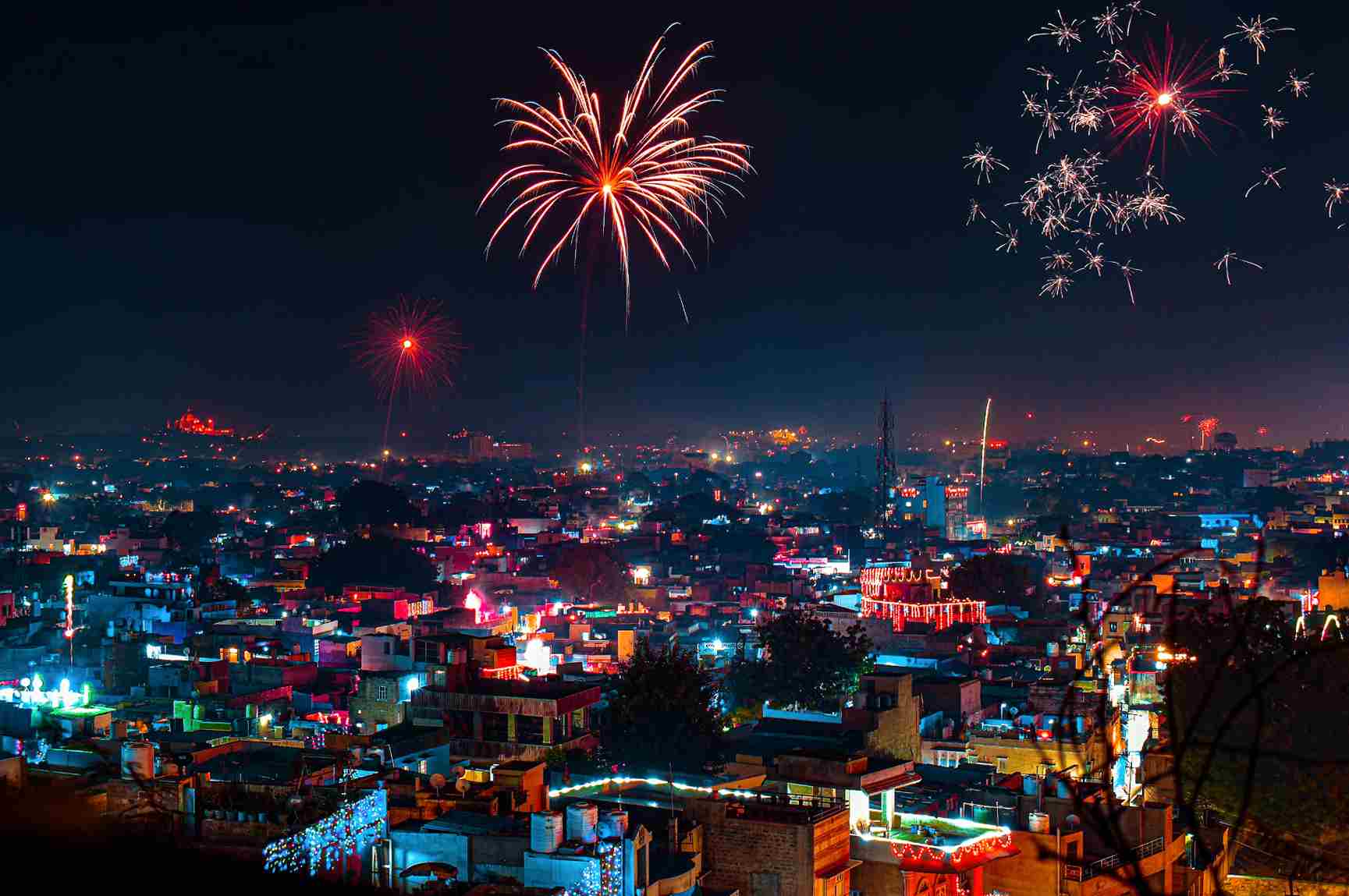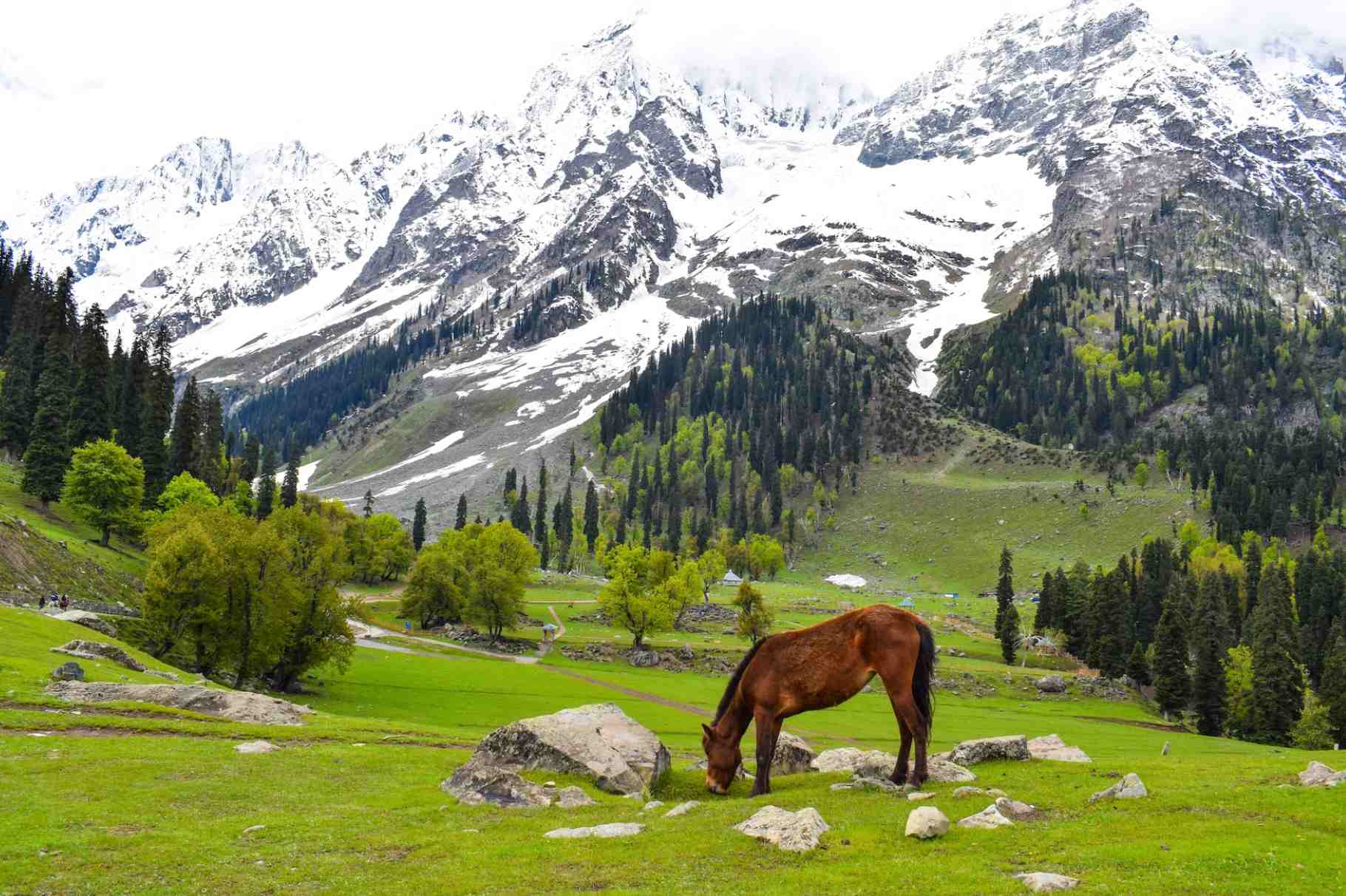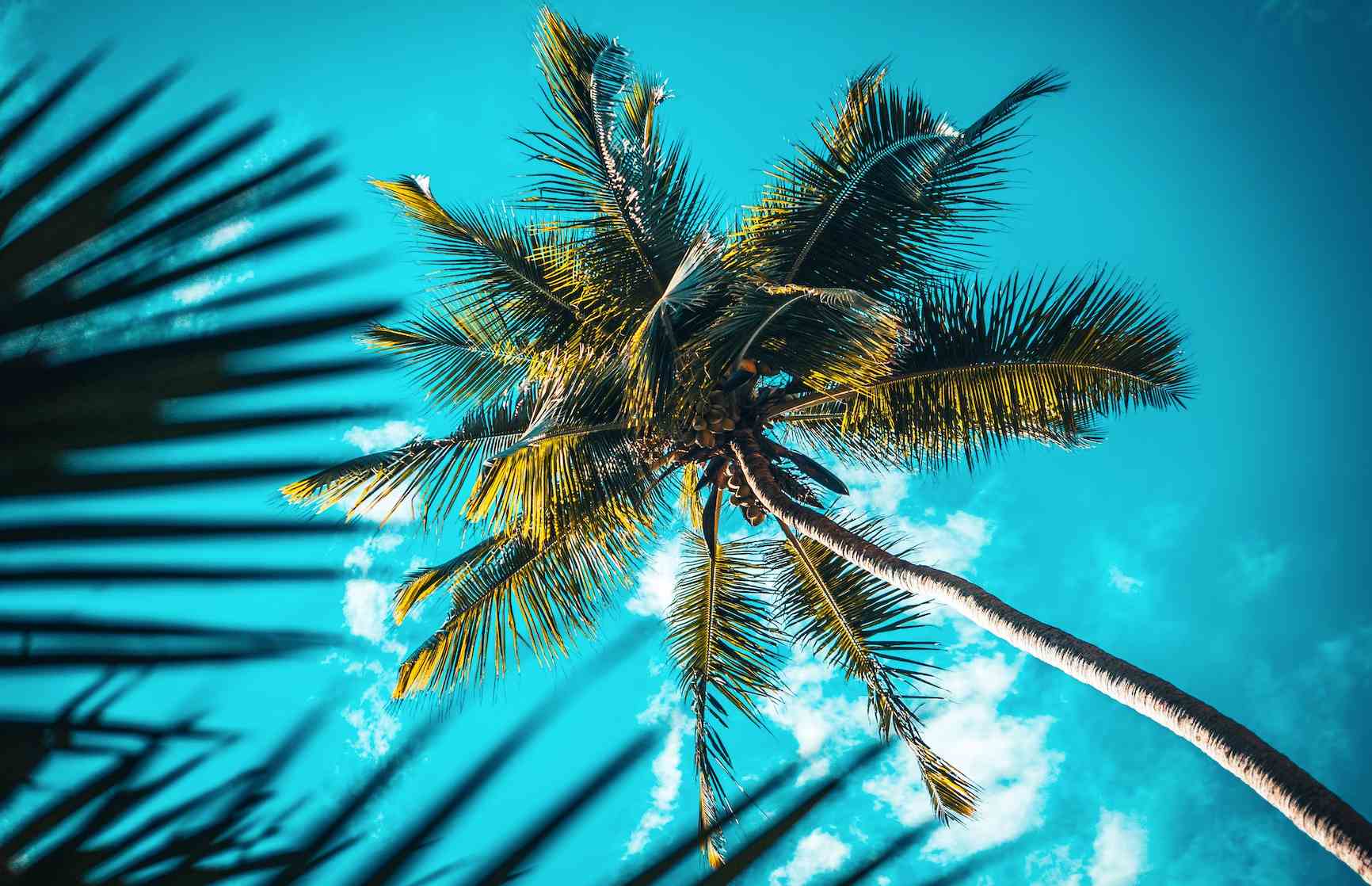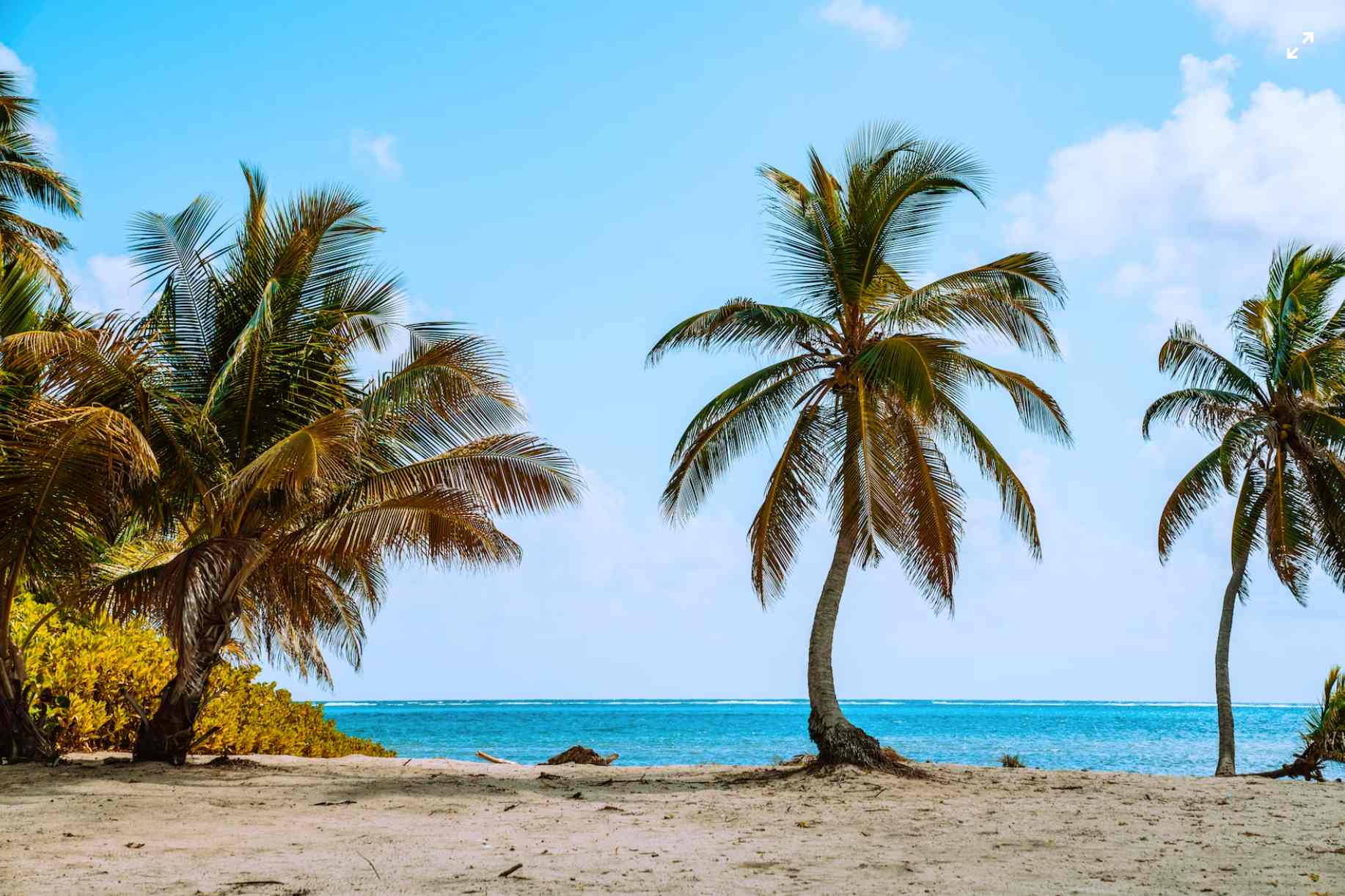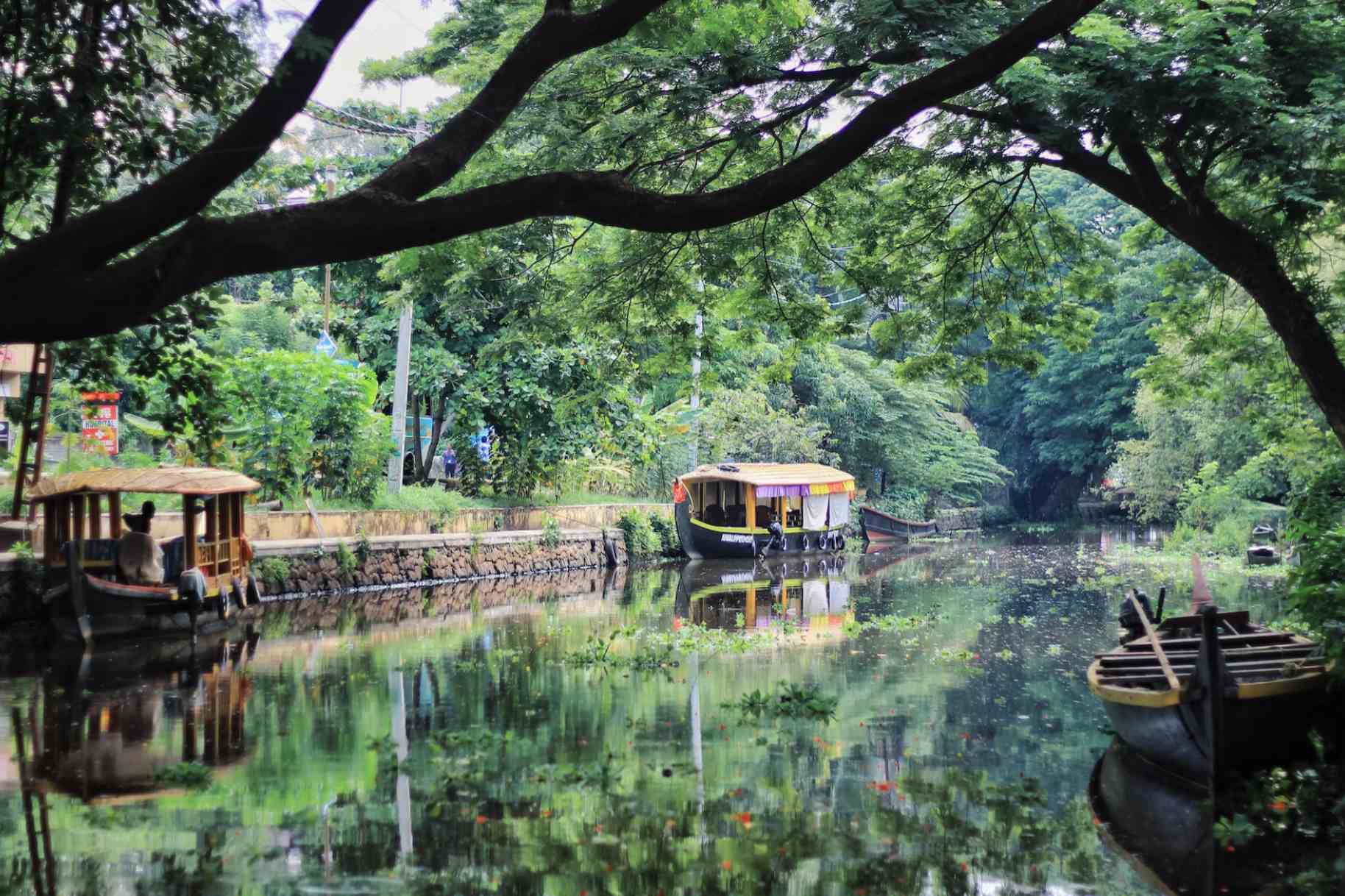How Much Does It Cost To Climb Mount Everest
Mount Everest, standing at an impressive height of 8,849 meters, holds the title of the world's tallest mountain. It attracts hundreds of trekkers and climbers each year, representing a symbol of pride and accomplishment. However, before embarking on the journey to conquer Mount Everest, several crucial factors need to be considered. These include the time of year, preparation, cost, insurance, and logistics. In this article, we will delve into the cost aspect of the expedition and provide a comprehensive breakdown of the expenses involved in climbing Mount Everest.
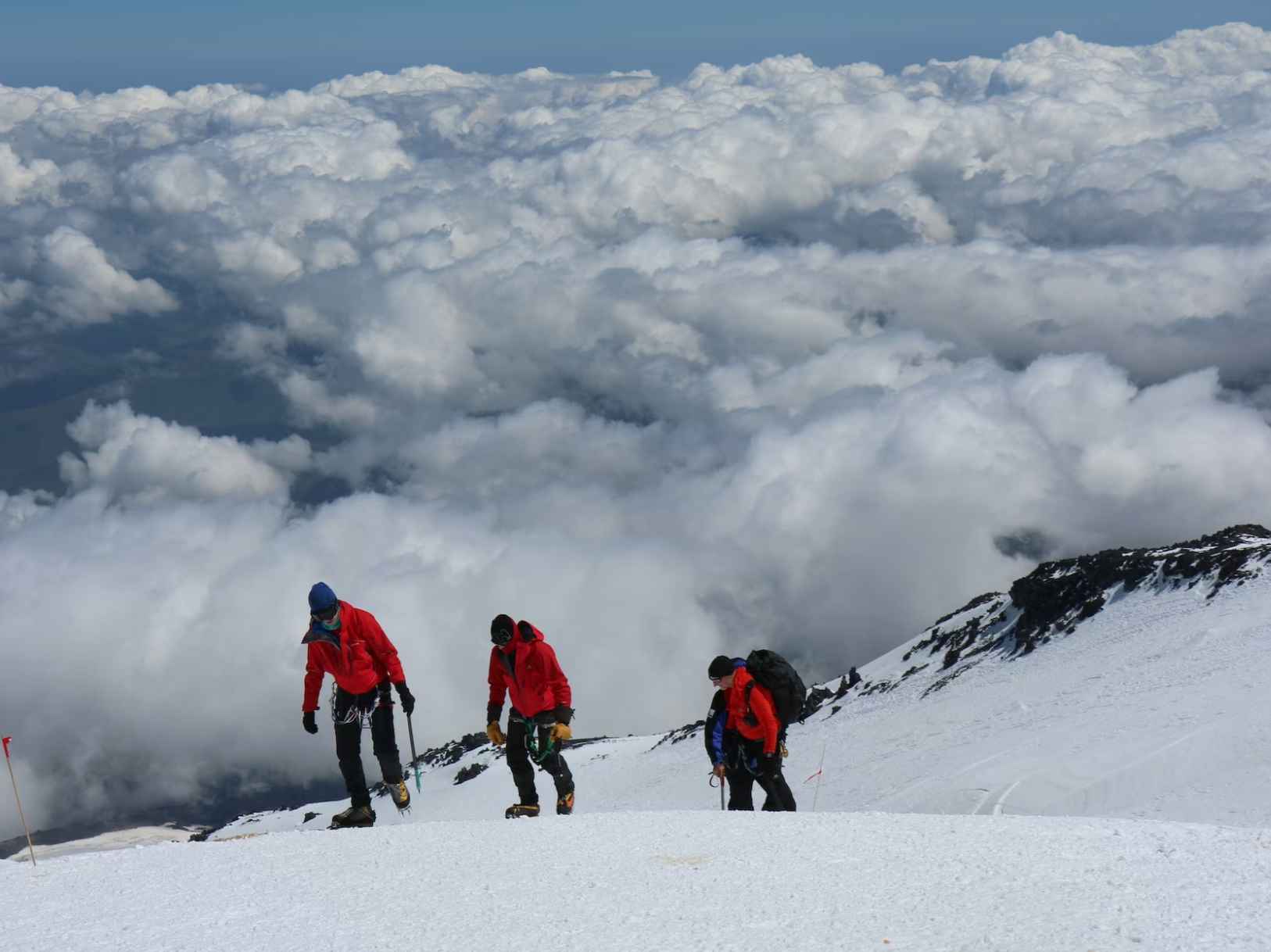
Climbing Permits:
Obtaining a climbing permit is the first step towards climbing Mount Everest. The climbing permit fee is $11,000 per person, which is required by the Government of Nepal for peaks over 8,000 metres. The cost of the permit varies depending on the climbing season:
Additionally, climbers must obtain two other licences: the Sagarmatha National Park Entry Permit and the Khumbu Pasang Lhamu Municipality Entry Permit. These permits ensure legal compliance and cost:
3,000 Nepalese Rupees for foreign climbers
1,500 Nepalese Rupees for SAARC nationals
100 Nepalese Rupees for Nepalese climbers
There is also an optional permit, the Gaurishankar Conservation Area Permit, which costs 3,000 Nepalese Rupees per person.
Climbing Fees:
The total climbing fees for Mount Everest range from $20,000 to $25,000. This includes various components:
Nepal Agency fee: $2,500 per team
Nepalese Liaison Officer: $3,000 per team
South Base Camp Medical Support from Everest: $100 per person
Nepal Mountain Climbing Permits: $11,000 per climber
Icefall Doctors to Fix Route: $2,500 per team or $600 per climber
Contribution to Fixed Ropes Above Icefall: $200 per climber
Weather Forecast: Costs vary from $0 to $1,000.
Travel Fees:
The travel fees encompass transportation costs from and to Kathmandu. Depending on your starting location, the flight charges to Nepal can vary. Once in Kathmandu, there are two main options for reaching Everest Base Camp:
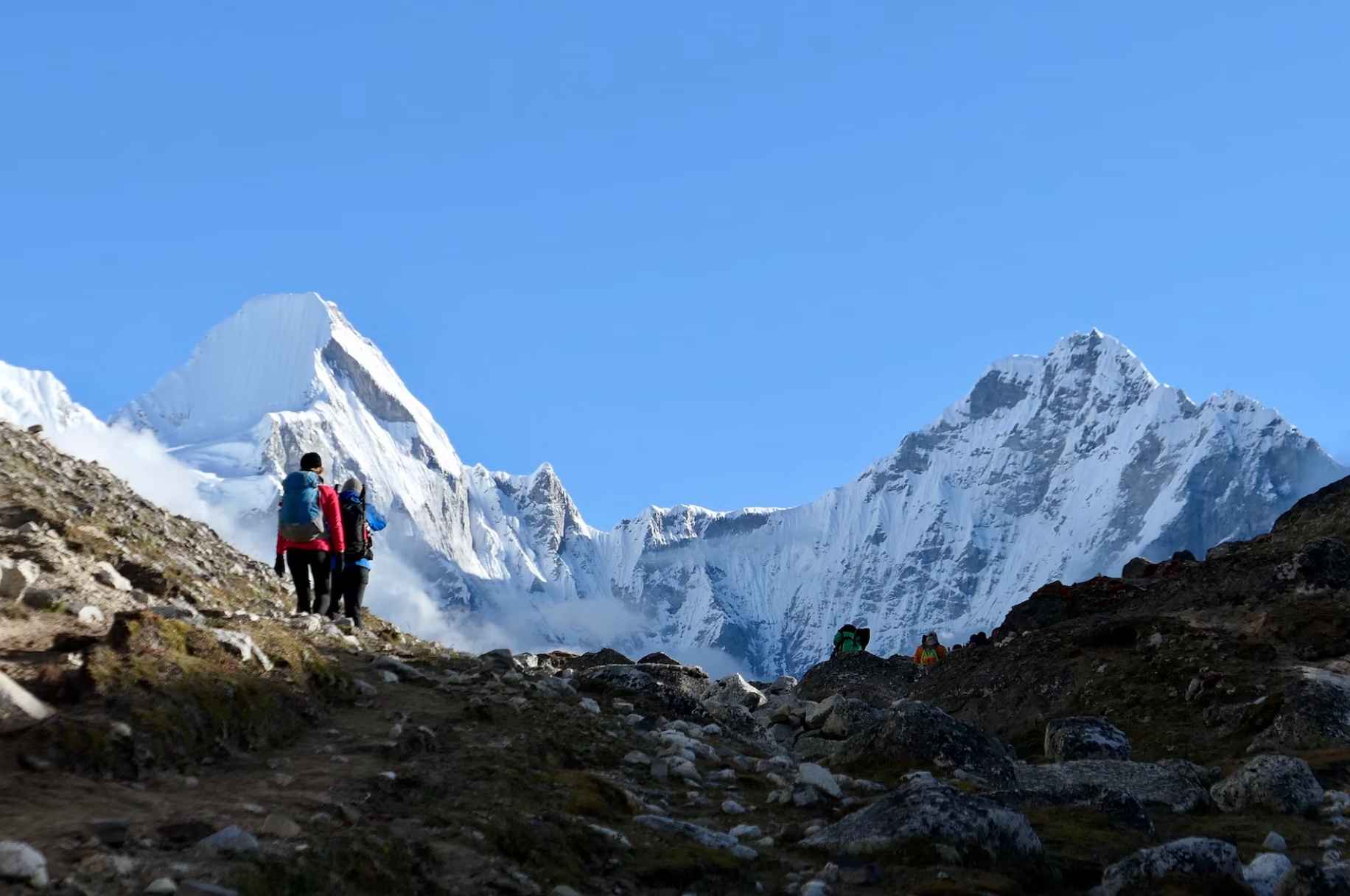
a. Flight to Base Camp: This option provides the quickest and easiest way to reach Everest Base Camp. The cost ranges from $1,000 to $5,000, depending on the group size. Sharing a helicopter flight reduces individual costs, while a private flight incurs higher charges.
b. Hike from Lukla: Taking a bus from Kathmandu to Salleri costs around 2,000 to 3,000 Nepalese Rupees. Another option is to travel to Jiri and trek to Lukla, which requires a Gaurishankar Conservation Area Entry Permit. The trek from Lukla to Everest Base Camp costs approximately $500 to $1,000 per person.
Food and accommodation
Food Expenses
When undertaking an Everest expedition, proper nutrition is essential for maintaining energy and endurance in the challenging mountain environment. Here's a breakdown of the typical food expenses you can expect:
a. Base Camp Meals:
Cost per meal: $10 to $20
Common meal options: Hearty soups, rice, pasta, vegetables, meat, and energy bars
Availability: Limited food options due to the remote location; most meals are prepared by expedition teams
b. High Camp Meals:
Cost per meal: $15 to $30
Common meal options: Dehydrated meals, energy-rich snacks, high-calorie foods
Availability: Limited food options due to higher altitudes; climbers often carry their own lightweight meals and snacks
c. Summit Push Meals:
Cost per meal: $20 to $40
Common meal options: Lightweight and compact energy foods, such as energy gels, bars, and chocolates
Availability: Minimal food options during summit push; climbers rely on their own supplies and quick-energy snacks
Accommodation Expenses
During an Everest expedition, climbers stay in a variety of accommodation options at different stages of the journey. Here's an overview of the typical accommodation expenses:
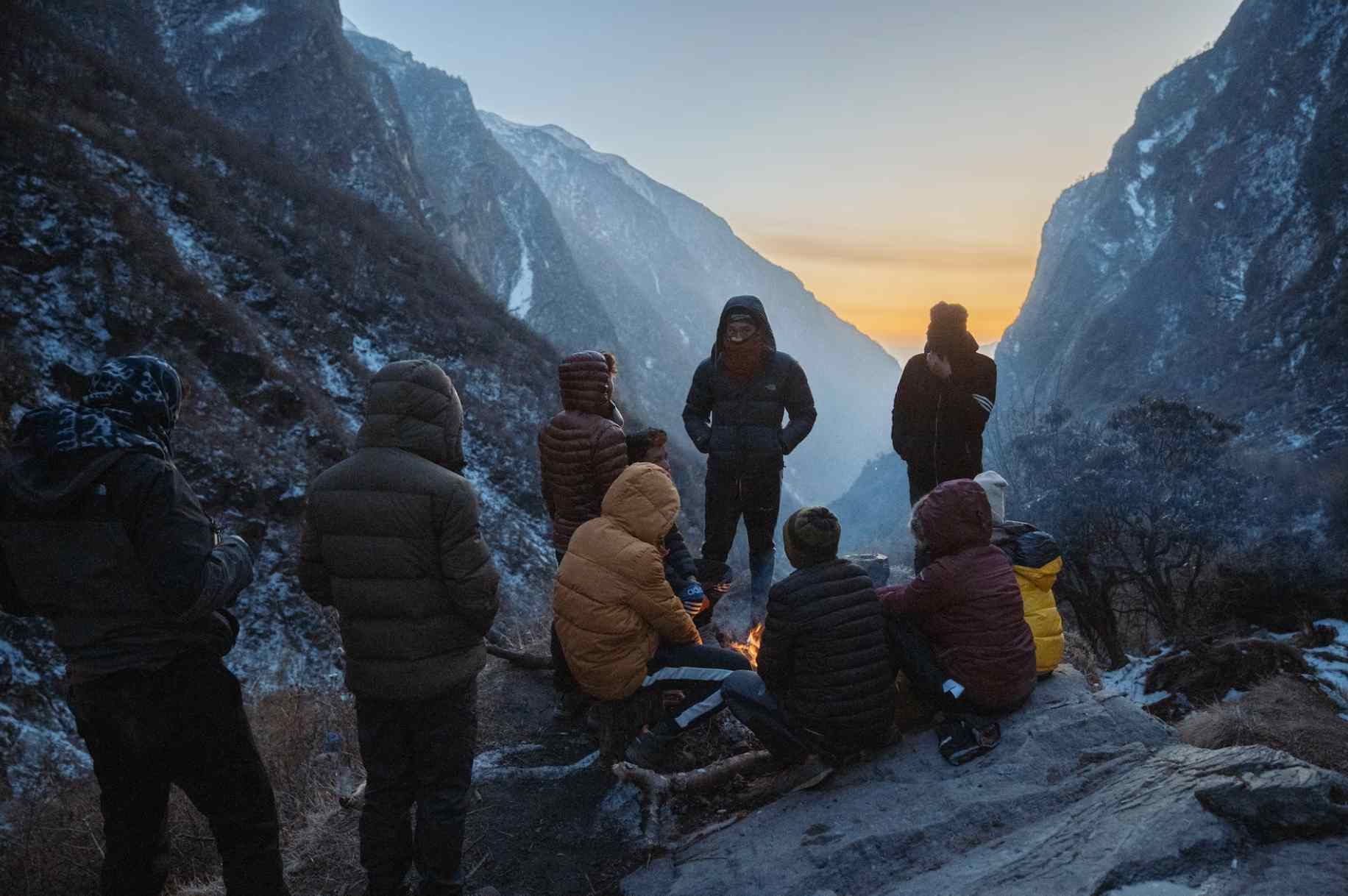
a. Tea Houses/Lodges:
Cost per night: $20 to $50
Common amenities: Basic rooms, shared bathrooms, communal dining areas, and limited electricity
Availability: Found in lower altitudes, providing a comfortable resting place and warm meals
b. Base Camp Tents:
Cost per night: $50 to $100
Common amenities: Shared expedition tents, sleeping bags, and basic facilities
Availability: Set up by expedition teams at the base camp to serve as a home base during the climb
c. High Camp Tents:
Cost per night: $80 to $150
Common amenities: Shared expedition tents, sleeping bags, and basic facilities
Availability: Temporary camps set up at higher altitudes to facilitate acclimatisation and rest during the climb
d. Summit Camp Tents:
Cost per night: $100 to $200
Common amenities: Shared expedition tents, sleeping bags, and basic facilities
Availability: Temporary camps established closer to the summit to facilitate the final push to the top
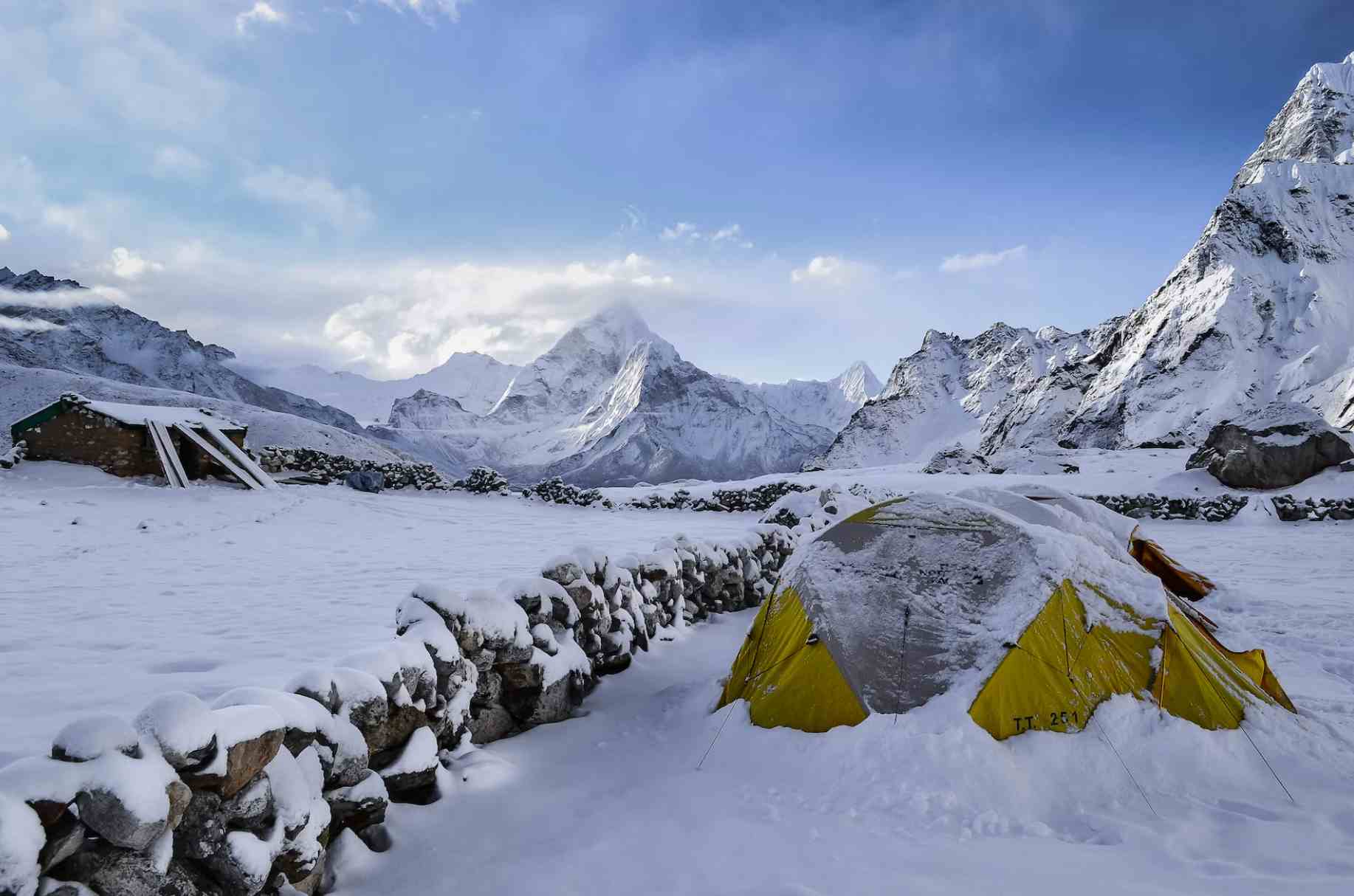
When calculating the overall cost of your Everest expedition, it's crucial to factor in food and accommodation expenses. Keep in mind that these costs may vary based on various factors, including the climbing route, duration of the expedition, and the level of comfort and amenities desired. By being well-informed about the typical expenses, you can better plan your budget and ensure a smoother and more enjoyable experience as you conquer the majestic Mount Everest.
Guide and Porter Cost:
Climbers are required to hire professional guides for safety and compliance purposes. The average cost of a guide ranges from $25 to $35 per day, depending on factors such as the time of year, group size, services provided, and experience level. The guide's cost for a 60-day expedition amounts to approximately $1,500 to $2,100.
Porters, who assist with carrying equipment and supplies, are an essential part of the climbing team. The cost of hiring porters is around $15 to $25 per day, with an estimated total cost of $900 to $1,500 for a 60-day expedition.
Gears and Equipment Cost
Embarking on a journey to Mount Everest, the highest peak on Earth, requires meticulous preparation and the right gear to ensure safety and success. However, acquiring the necessary equipment comes at a significant cost. In this guide, we dive into the specifics of gear and equipment expenses, providing you with valuable insights to plan your budget accordingly and ensure a well-equipped expedition.
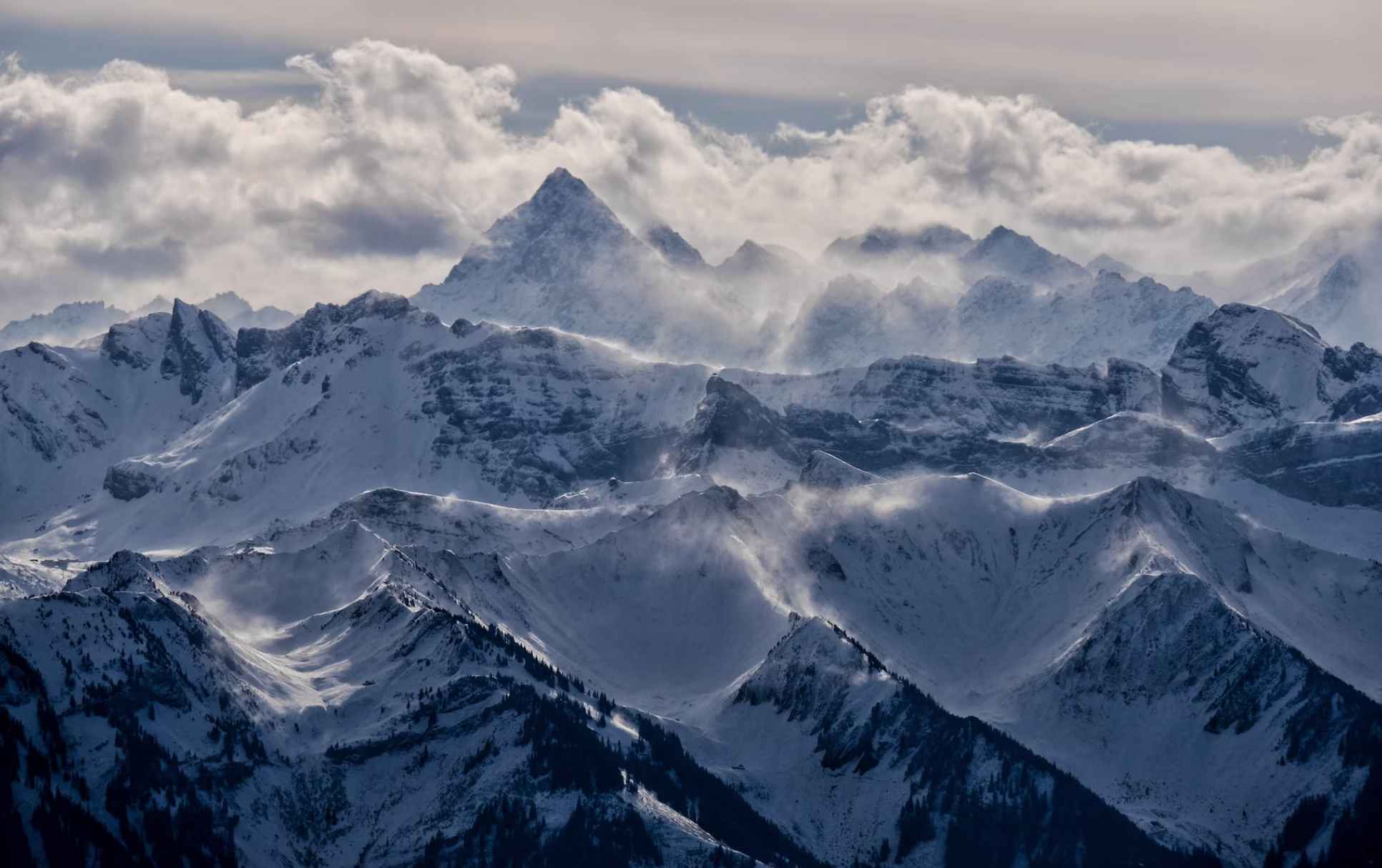
Essential Gear
When preparing for an Everest expedition, certain gear is indispensable for your safety and comfort. Here's a breakdown of the essential gear and their approximate costs:
a. Mountaineering Boots:
Cost: $300 to $600
Features: Sturdy, insulated boots with excellent traction for navigating challenging terrain and extreme weather conditions
b. Down Jacket:
Cost: $200 to $400
Features: Insulated jacket with down filling to provide warmth in freezing temperatures at higher altitudes
c. Sleeping Bag:
Cost: $200 to $500
Features: High-quality sleeping bag designed to withstand sub-zero temperatures and provide a comfortable rest during overnight stays
d. Climbing Harness:
Cost: $80 to $150
Features: Harness for securing yourself to the ropes and anchors while ascending or descending steep sections of the mountain
e. Crampons:
Cost: $150 to $300
Features: Spiked attachments that provide traction on icy surfaces and enable secure footing during glacier crossings
f. Ice Axe:
Cost: $100 to $200
Features: Multi-purpose tool for self-arresting during falls, ice climbing, and cutting steps in steep snow or ice
g. Headlamp:
Cost: $30 to $80
Features: Powerful and lightweight headlamp with long battery life for illuminating the path in low-light or dark conditions
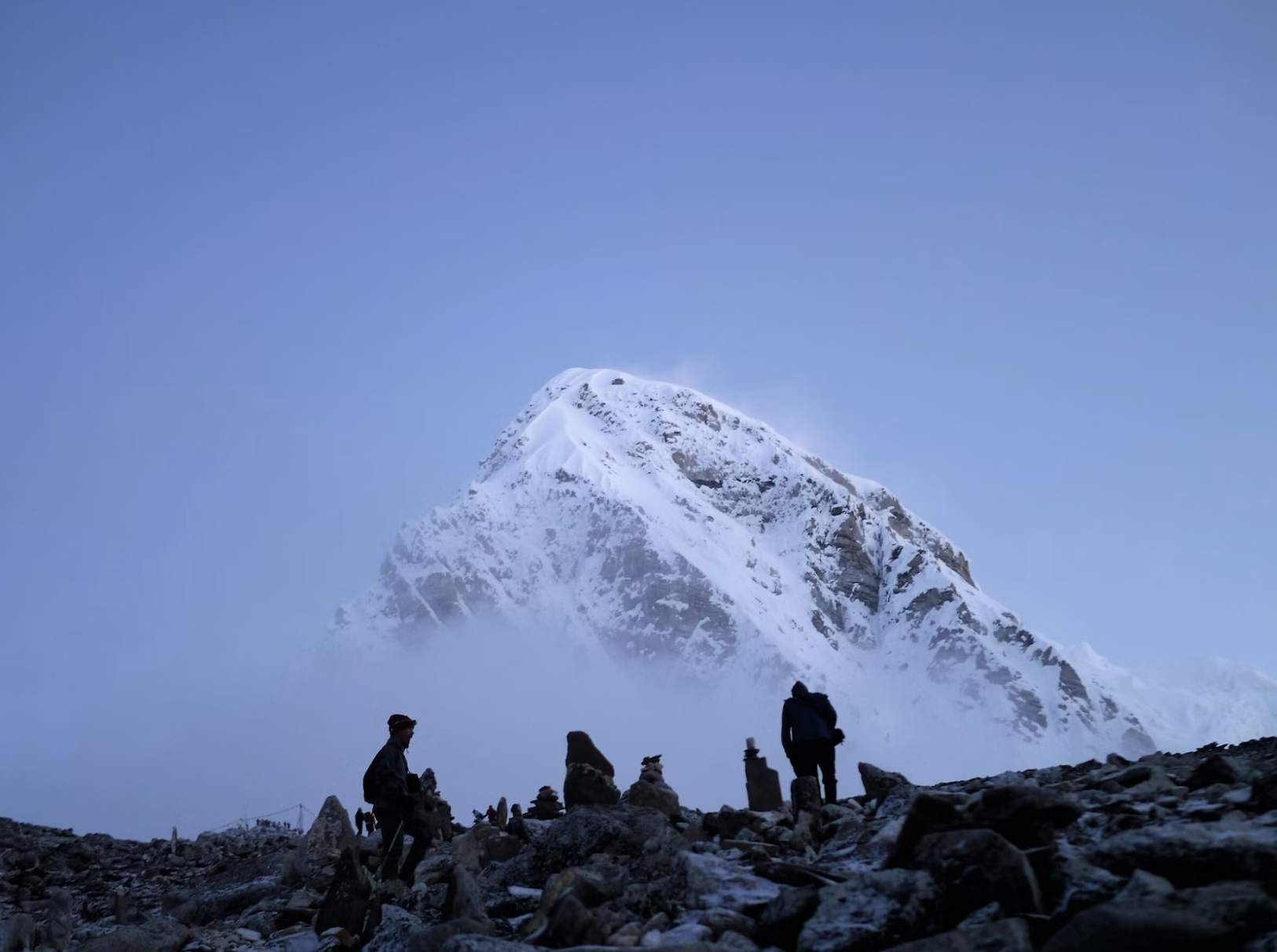
Technical Equipment
In addition to essential gear, certain technical equipment is vital for a successful Everest climb. Here's an overview of the key technical equipment and their approximate costs:
a. Climbing Helmet:
Cost: $80 to $150
Features: Protective helmet designed to safeguard against falling debris and impacts during the climb
b. Mountaineering Backpack:
Cost: $200 to $400
Features: Spacious and durable backpack with specialised compartments for carrying gear, food, water, and other essentials
c. High-Altitude Tents:
Cost: $500 to $1,000
Features: Lightweight, weather-resistant tents designed to withstand harsh conditions at high altitudes
d. Oxygen Cylinder:
Cost: $300 to $600 (rental cost)
Features: Portable oxygen supply for supplemental oxygen during the summit push and at high altitudes
e. Communication Devices:
Cost: $200 to $500
Features: Satellite phones, radios, or other communication devices for staying connected with the base camp and support teams
Equipping yourself with the necessary gear and equipment is essential for a safe and successful Everest expedition. While the costs may vary based on factors such as brand, quality, and personal preferences, being aware of the approximate expenses can help you plan your budget effectively. Remember, investing in high-quality gear is crucial for your safety and comfort in the extreme conditions of Everest. So, prepare wisely, choose your equipment carefully, and embark on your journey fully equipped to conquer the majestic Mount Everest.
Tipping:
Tipping is customary in the climbing community as a way to show appreciation for the guides and porters' hard work and support. The recommended tipping amount is around $500 to $1,000 per guide and $250 to $500 per porter, depending on the level of service and duration of the expedition.
Climbing Mount Everest is a remarkable and costly endeavour that requires careful planning and financial preparation. Understanding the various factors affecting the cost, such as climbing permits, climbing fees, travel expenses, guide and porter costs, and tipping, is crucial for budgeting and making informed decisions. By considering these factors and planning accordingly, climbers can embark on their Everest expedition with confidence and enjoy the breathtaking experience that awaits them.











